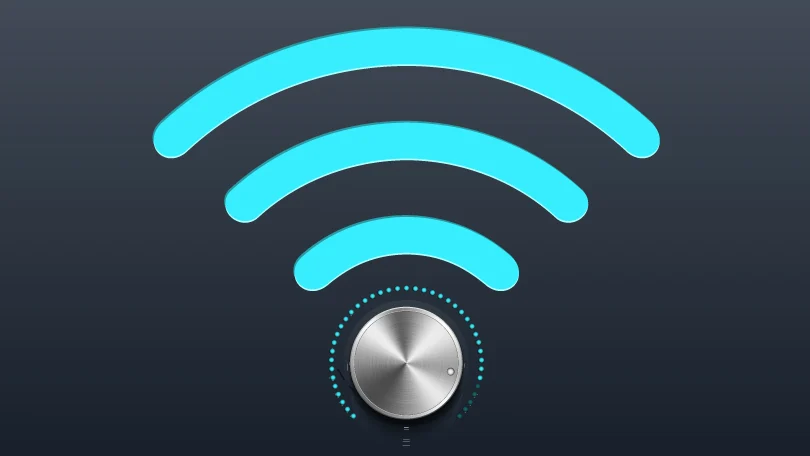Do you have a spot in your house where the WiFi signal is incredibly weak?
Do you have a lot of walls between your router and your devices?
Do you find yourself constantly struggling to get a good connection, or even losing the connection altogether?
If so, don’t worry – you’re not alone. Many people face this issue daily.
Today we have many more devices that require a fast and stable internet connection especially for playing HD video or playing video games.
If you are like me you probably have several devices in different parts of your home that people want to do these high bandwidth activities.
By following these tips, you should be able to improve your WiFi signal and get back to surfing the web at full speed.
It is important to remember that Wifi networks use radio waves to provide internet access to devices like phones, laptops, smart devices, and tablets.
A wifi router broadcasts a signal that is picked up by these devices. The signal is then converted into data that can be used to access the internet.
2.4 GHz vs 5 GHz
We should also consider the differences between 2.4 GHz vs 5 GHz Wifi Coverage
Without considering any external factors such as walls or large objects, a lot of standard WiFi routers operating on the 2.4GHz frequency can reach up to 150 feet (46m) indoors and 300 feet (92m) outdoors.
In comparison, those using the 5GHz frequency usually reach around one-third of these distances.
The 2.4GHz band uses longer waves, which makes it better suited for longer ranges or transmission through walls and other solid objects.
However, the 2.4GHz band is more prone to interference because of the number of devices that use this frequency. This includes older routers, microwave ovens, Bluetooth devices, baby monitors, garage door openers, and more.
A 2.4 GHz may be good enough for browsing the internet on your phone but it’s not going to be fast enough for streaming your favorite new TV show in 4K.
A. Use a mesh network to boost the WiFi signal
If you have a large house or office, chances are that the WiFi signal is weak in some areas.
A mesh network can help to extend the reach of the WiFi signal and cover those dead zones.
A mesh network consists of multiple devices that work together to create one strong, seamless network.
One of the main benefits of a mesh network is that it can be easily expanded.
If you find that the mesh network is not providing enough coverage, you can simply add more devices to the network.
B. Use a wireless access point to boost the WiFi signal
An access point is a device that allows wireless devices to connect to a network. Access points act as a gateway between your devices and the internet. They provide a connection for your devices to communicate with each other and with the rest of the world.
Access points come in a variety of shapes and sizes. Some are designed for home use, while others are made for commercial or industrial settings. There are even weatherproof access points designed for outdoor use. No matter what your needs, there is an access point that can meet them.
The main difference between a range extender and an access point is that an access point requires a wired connection to the router while a range extender does not.
C. Use a WiFi extender to get Internet in difficult-to-reach areas
Range extenders are used to extend the reach of a WiFi signal into areas where it is weak or nonexistent.
They are often used in large homes or offices where the main router cannot reach all corners of the building.
Range extenders are also useful for extending the reach of a WiFi signal into an outdoor area, such as a patio or deck.
Since range extenders connect wirelessly to Wi-Fi routers, they must be placed where the Wi-Fi router’s signal is already strong.
This will ensure that the range extender can pick up the signal and extend it to the desired area.
D. Use a powerline adapter to cover more space
If you have a large home or office, chances are that the WiFi signal is weak in some areas. A powerline adapter can help to extend the reach of the WiFi signal and cover those dead zones.
A powerline adapter uses your home’s existing electrical wiring to create a network.
It is a simple and effective way to extend your WiFi signal without having to run new wires.
All you need is a power outlet and an electrical socket. The powerline adapter will do the rest.
By following these tips, you should be able to improve your WiFi signal.




